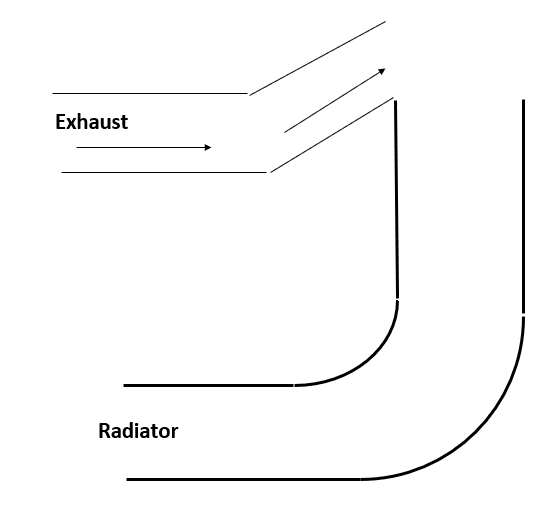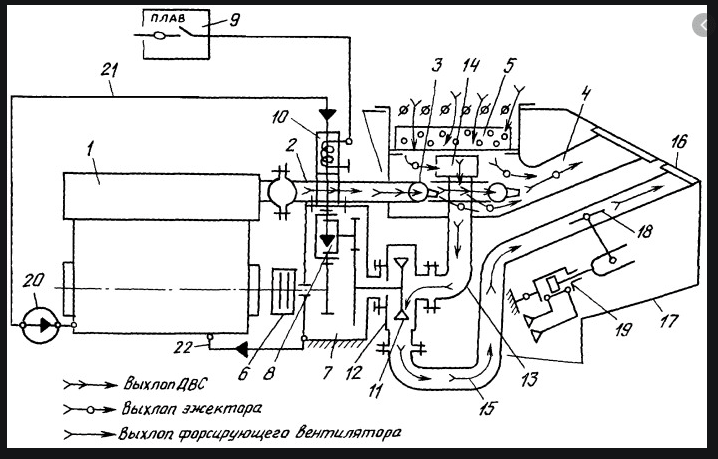Dear All,
I have a hot air ducting requirement for a Diesel Generator radiator side.
It was a 2003 year model with open room working condition.
The DG set is acoustically enclosed recently.
The site has space constraints at the radiator side. The space available in front of radiator is only 1 meter.
So planning to have a plenum with this 1 meter depth in front of radiator and have cut-outs at the top of the plenum so that in-line axial fans can be fitted which sucks radiator hot air and in turn exhausts the same hot air above the roof.
The radiator hot air as specified by DG manufacturer is 24,000 CFM. So planning to have two axial fans with about 15,000 CFM each. The height of plenum is about 2 meter. So static pressure will be negligible per my assessment. radiator fan has 0.5 inch WC static pressure.
Please advice.
I have a hot air ducting requirement for a Diesel Generator radiator side.
It was a 2003 year model with open room working condition.
The DG set is acoustically enclosed recently.
The site has space constraints at the radiator side. The space available in front of radiator is only 1 meter.
So planning to have a plenum with this 1 meter depth in front of radiator and have cut-outs at the top of the plenum so that in-line axial fans can be fitted which sucks radiator hot air and in turn exhausts the same hot air above the roof.
The radiator hot air as specified by DG manufacturer is 24,000 CFM. So planning to have two axial fans with about 15,000 CFM each. The height of plenum is about 2 meter. So static pressure will be negligible per my assessment. radiator fan has 0.5 inch WC static pressure.
Please advice.


